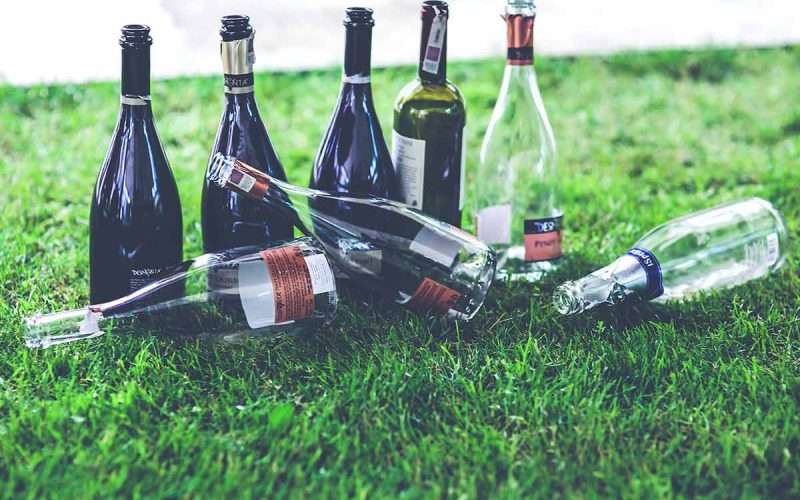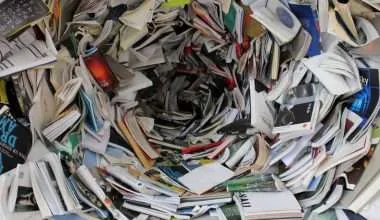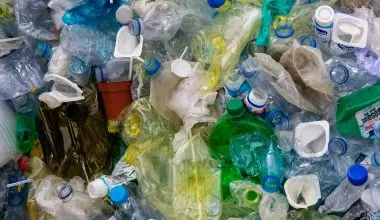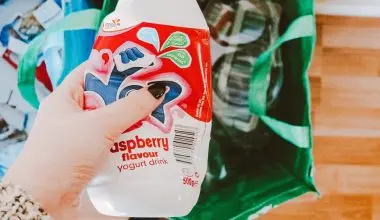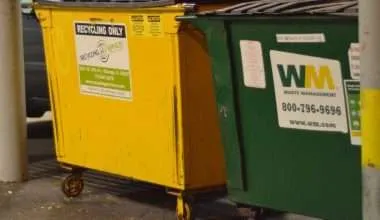Table of Contents Show
It would do well to remember the many times we observe people drinking soda pop and other beverages from glass bottles and throwing them away. Ever wonder what happens to the millions of these that are thrown away? They end up at landfills, of course, unless they get recycled.
Glass waste is one of the largest waste components that are disposed of in the United States. An estimated 10 million metric tons of glass waste are discarded annually.
The rate of disposal is so high due to the fact that glass is used more as packaging than as an actual product.
Glass recycling is the way to reuse waste glass by processing it. It is the process through which the glass waste is made usable. The quality also remains the same, as recycling has no impact on the quality of the glass.
The recycling process involves washing, crushing, and melting the used glass, which is then molded into bottles, jars, or any other glass container. This process of recycling can be repeated as many times as possible, and it will not even decrease the quality of the glass.
Hence, Yes, glass is definitely recyclable, and as many times as possible. In order to recycle glass, you need to separate it from other recyclable materials so that any possible contamination is eliminated.
Additionally, glass is made up of domestic materials like sand, soda, ash, limestone, and cullet. Cullet is a widely used form of crushed glass that has the ability to be remelted. But sand has the highest percentage in the making of glass.
Recycling glass means that there will be a lesser release of energy into the environment. Plus, recycling glass will prove profitable for you as a manufacturer. In the long run, it will help you save the money that will be used in making or purchasing glass containers.
Not to forget that recycling is an environmentally friendly act, which should be the top reason why anyone would opt for recycling in the first place.
Glass that can be Recycled and Glass that can not be Recycled
Normally, glass has only 3 symbols, which makes identifying recyclable glass easy. The first is GL-70, which is clear glass that can be recycled. The second is GL-71, which is green glass, and the third is GL-72, which is brown glass.
Mostly, bottles and jars have these symbols which make them 100% recyclable.
However, there are some kinds of glass that can not be recycled. Such as:
- Frosted Glass: The reason frosted glass can not be recycled is that it is made up of chemicals that have the possibility of contaminating the streams of recycling.
- Broken Glass: The reason broken glass can not be recycled is purely because of the harm they can cause to the sanitisation workers. As they are the ones who sort the broken glass. It is advisable to put your broken glass bottles in a cardboard box and label it before tossing it in the trash.
- Light Bulbs: All kinds of light bulbs are considered as hazardous waste. They are made up of materials that are not recyclable. Hence, they should not be disposed of carelessly, you should drop them at a local resource recovery center. Plus, fluorescent and LED light bulbs have lead and arsenic in them, you should not even touch them with bare hands when broken.
- Mirrors: The reason mirrors can not be recycled is that mirrors have a high melting point. It is also advisable for broken mirror pieces to be packed and sealed in a cardboard box before putting it in to trash.
- Drinking Glass: Drinking glasses can not be recycled because they are made oven proof material like the dishes and the windows.
Process of Recycling Glass
1. Collect and Transport
The first step of glass recycling is the glass collection from various sources. Mainly, the glass products are thrown in a recycling bin. Hence, the collection points are the recycling bins and the community drop-off points. People living in residential areas have a curtsied glass pickup point. Whereas, businesses have their personal ways of getting waste collected through a glass recycling program.
A private recycling service can also be outsourced by businesses in order to get their waste collected and recycled.
When the collection of glass waste is done, it is taken to the glass recycling centers for the recycling process.
2. Sort the Glass
Sorting the glass is one of the most important steps of the glass recycling process. Generally, the aim of recycling a material is to make it reusable. Hence, it is important to sort the material first so that if there are any contaminants, they can be removed. If they are not removed, they will contaminate the whole recycling stream and rather than making it reusable, it will lead to an increase in the overall waste.
The contaminants in glass waste are looked for using an optical sorting process. Where the recyclables are loaded on an accelerator or a conveyor belt in order to thin the layer of material as a part of the optical sorting process.
The material passes through a bright light and it absorbs some of the light. While the rest of them are reflected. Camera lenses have been placed which record the reflected light waves.
The materials on the conveyor belt have signatures on them which are read through a spectrometer. This is necessary in order to know the kind of glass and to decide if the kind is recyclable or not.
Moreover, the glass is also sorted by colour. Glass is coloured using additives which are problematic when it comes to recycling. This is because there are a number of different additives which should not be mixed or else it would create an issue.
For this reason, glass manufactures now try to limit the use of different additives on one glass. Basically, they reduce the amount of mixed-colour waste glass used to manufacture new containers. When the recycled glass is separated by colour, it helps the industry make sure that the new containers match the colour standards.
3. Breaking and segregation through Trommel
When the glass has been sorted out, it needs to be broken down into smaller pieces. This is done through a machine which crushes the glass with hammers.
Water mist can be added sometimes in order to prevent glass particles from being airborne. After being crushed into pieces, the glass goes through rotary or trommel screens. The purpose of this is to get the glass separated into different sizes.
After this, with the help of a fan, the paper labels are separated that did not come off during the crushing session. If there are pieces that do not fit the screens, they are removed and are recycled later with different processes.
4. Bed Drier Fluidization
The broken glass pieces are dried using a fluidized bed drier. Drier has a vibration through which the glass is moved along the drier bed and the vibration also lets the hot air go through the glass.
This stage is important to burn off any sugar and bacteria. Also, it gets rid of any remaining glue on the glass pieces. Any remaining contaminants are also removed with a vacuum.
5. Primary Screening
Next up comes the primary screening. Here, the recycling stations screen the glass.This is also helpful in separating the glass in different sizes. Separation of the glass is important as different materials have to be of different sizes.
For example, fibreglass should be 12 mesh or lesser in size.
6. Pulverising
The next step is pulverizing. The glass pieces that were not able to fit in the rotary screen go through the pulverizer where they are broken down further. The purpose is to further reduce the size of the glass particles. Hence this process is called pulverizing.
When it is broken down, it goes back to the primary screening where a net is used to separate them further. The process is repeated until all the glass particles fit in the screen.
Later, the glass recycling centers also do secondary screening where the glass articles are segregated into different sizes ranging from 12 mesh (1.68mm) to 80 mesh(.177mm). The mesh size increases as the particle size decreases.
This is necessary because end use products require specific sizes in their manufacturing process.
7. Cullet
The last step of the glass recycling process is the Cullet. Glass has now been made into cullet and is ready to produce new products. The cullets range from fine powder, sand, to pebbles in size. Nowadays, cullet is used in the production of new containers, fibre glass, ceramics, abrasives, and other glass materials.
Benefits of recycling glass
1. Saves Energy
Using crushed glass from bottles (cullet) instead of virgin material saves between 20% to 30% of energy used to make glass from raw materials.
This is so because the melting point of material mix is lower when the production is done using recycled glass or cullet so less energy is required. For example, recycling four bottles is equivalent to saving energy consumption of refrigerator for one day!
2. Savings in Greenhouse gas emissions
The use of glass cullet reduces the carbon emissions between 20% to 50%. We can avoid emission of 166 kg of CO2 for every recycled ton of container glass used in the production process.
3. Improvement of air and water quality
Recycled glass production reduces air pollution by 20% and water pollution by 50% as compared to traditional glass manufacturing.(https://wwf.panda.org/discover/knowledge_hub/teacher_resources/project_ideas/recycling_glass/)
4. Saving of raw materials
The need to extract raw materials is reduced resulting in conservation of the environment. We can save 1.2 kg of virgin materials (sand, limestone and sodium carbonate) for every 1kg of glass bottles made from cullet.
5. Less waste is sent to landfill
Of course, the recycling process would lead to less waste and easier management of landfills.
